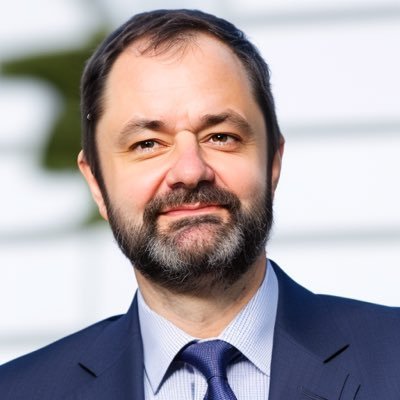AI met crypto.
Scaling broke limits.
Security got serious.
September set the tone.
This was your September 📅
The cryptocurrency ecosystem is experiencing significant development and shifts across major protocols and security practices.
Protocol Development & Scaling:
Bitcoin (BTC) received a minor update focused on reducing minimum transaction fees to improve network utilization and enhancing node stability against abnormal logging.
Ethereum (ETH) is preparing for the major Fusaka upgrade (tentatively December), which will increase the mainnet gas limit by a third to 60 million, aiming for greater scalability. Preparations for the subsequent Glamsterdam upgrade are also underway.
The Ethereum Foundation is actively focusing on Decentralized AI (dAI), establishing a new team and pushing the ERC-8004 standard for "Trustless Agents" to build auditable, on-chain AI interactions.
A new roadmap was unveiled by Vitalik Buterin, focusing on short-term scaling via a gas limit increase and ZK-EVMs, mid-term trustless Layer 2 (L2) asset transfers, and long-term "minimal Ethereum" security.
A significant testnet, Holešky, is scheduled for deprecation after the Fusaka upgrade.
Layer 2s (L2s) and other chains are aggressively pursuing scaling and efficiency:
Mantle Network completed its transition to a ZK Rollup (OP Succinct), becoming the largest L2 by total value locked (TVL) using this technology.
Polygon experienced a brief finality delay but quickly resolved it with a hard fork.
Aptos is implementing the Velociraptr upgrade to potentially shorten block time by up to 40%.
BNB Chain is considering a proposal to further cut gas fees and shorten the block interval to enhance competitiveness.
Solana is exploring removing its fixed per-block compute unit cap to allow faster validators to process more transactions, effectively making capacity dynamic and performance-driven.
Security & Vulnerabilities:
A wave of supply-chain attacks is affecting the ecosystem, with malicious code being injected into widely used JavaScript packages (NPM) to steal crypto funds or credentials.
New malware variants are actively targeting cryptocurrency users across various operating systems (macOS, Windows, Linux) by stealing private keys, wallet extensions, and sensitive data.
Advanced evasion techniques are being employed by attackers, including hiding malicious URLs within Ethereum smart contracts to bypass security scans.
Major incidents and post-mortems were reported for various projects (Yala, Shibarium, Seedify Fund, UXLINK), highlighting vulnerabilities in cross-chain bridges, validator decentralization, and multi-signature security.
There's a growing industry focus on security-enhancing hardware and software, such as Apple's adoption of MIE hardware-level memory safety and research into bypassing WebAuthn key sign-in.
Circle is exploring a controversial reversibility mechanism for USDC transactions to combat scams, raising debates about core crypto principles.
New Market Entrants & Initiatives:
Major financial and tech players are building new crypto infrastructure:
Stripe and Paradigm released the jointly developed stablecoin payment public chain Tempo.
Coinbase released x402 Bazaar, an AI agent discovery platform built on stablecoin micropayments.
BRC20 (Bitcoin Ordinals) announced a major upgrade integrating the Ethereum Virtual Machine (EVM) for greater programmability.
A new zero-knowledge computing decentralized protocol, Boundless, launched its mainnet.
This period is marked by aggressive scaling efforts, a pivot towards integrating AI agents into decentralized frameworks, and an escalating battle against sophisticated security threats.
11.28K
36
The content on this page is provided by third parties. Unless otherwise stated, OKX is not the author of the cited article(s) and does not claim any copyright in the materials. The content is provided for informational purposes only and does not represent the views of OKX. It is not intended to be an endorsement of any kind and should not be considered investment advice or a solicitation to buy or sell digital assets. To the extent generative AI is utilized to provide summaries or other information, such AI generated content may be inaccurate or inconsistent. Please read the linked article for more details and information. OKX is not responsible for content hosted on third party sites. Digital asset holdings, including stablecoins and NFTs, involve a high degree of risk and can fluctuate greatly. You should carefully consider whether trading or holding digital assets is suitable for you in light of your financial condition.


